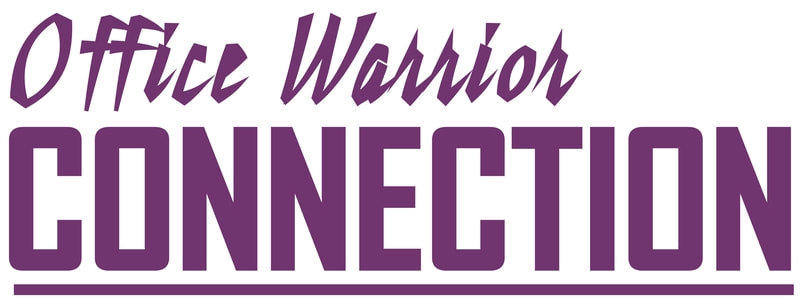|
5/13/2019 Day 13 - Improve Transitions and Hooks Once you have confirmed each scene has purpose (Day 11) and reviewed chapter pacing to root out overly long or excessively short breathers, you can look to improve your transitions and chapter hooks. What are Transitions ? Transitions are what take us from one event or scene to another in a story. Good transitions between scenes flow smoothly even when the time or location has changed. Bad transitions are confusing. They make a reader wonder, “How did I get here?” For example, the main character is walking into an empty house. The scene feels tense and foreboding. The chapter ends with the main character's hand on the doorknob, the wind whistling through the broken glass above his hand, and a shadow crossing over the full moon. End scene. The next chapter opens with the main character at lunch the next day. Wait. What? What happened at the house? Did he go in? Did he change his mind and go home? Bad transitions like this disappoint the readers and will even lead some to throwing the book in frustration, or worse, not reading the rest of the story. What are Hooks? Hooks are what keep us reading past midnight. They are often that “dun dun dunnnn” moment or that scene that ends with the reader exclaiming, “OMG! What happens next?!” In the example above, the scene ends nicely with a good hook. As a reader, I want to know what happens when he opens that door. I'm going to turn the page to find out. I would be hard-pressed to put the book down in that moment. Not every chapter needs to end with a highly dramatic hook like the example above. In fact, overuse of this technique can feel gimmicky or childish. The goal should be to keep the reader reading so it's worthwhile to consider how our chapters all end and start. Effective use of transitions and hooks between chapters will have a lot to do with where you are in the book. Remember, we want to be ramping up tension through the rising action in the second act. As we approach the climax, it can be very effective to end a chapter on a cliffhanger because this keeps the reader highly engaged. On the other hand, it's quite okay to casually meander into the next chapter when you are in the beginning of the book where we tend to have longer descriptions for character introductions and world building. However, you still want to keep that reader reading, so its worth the time to look at how and where you transition in new settings or new characters at the front end of the book, or how you leave a character hanging as you get close to the climax. Exercise: Review Hooks and Transitions Specifically read and review the end and the beginning of each chapter in your story. You should be confirming you are ending the chapter on the best hook possible, and also starting the next chapter with a transition that hasn't lost the reader from the hook on the end of the last chapter. Consider the following while reading through your chapters:
DOWNLOAD: Hooks and Transitions Worksheet Template Instructions Return to the Table of Contents Go to Day 14 - Build Tension Comments are closed.
|

 RSS Feed
RSS Feed
